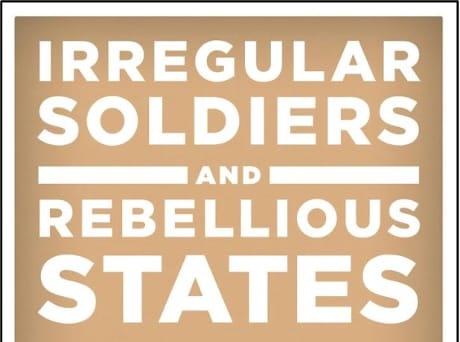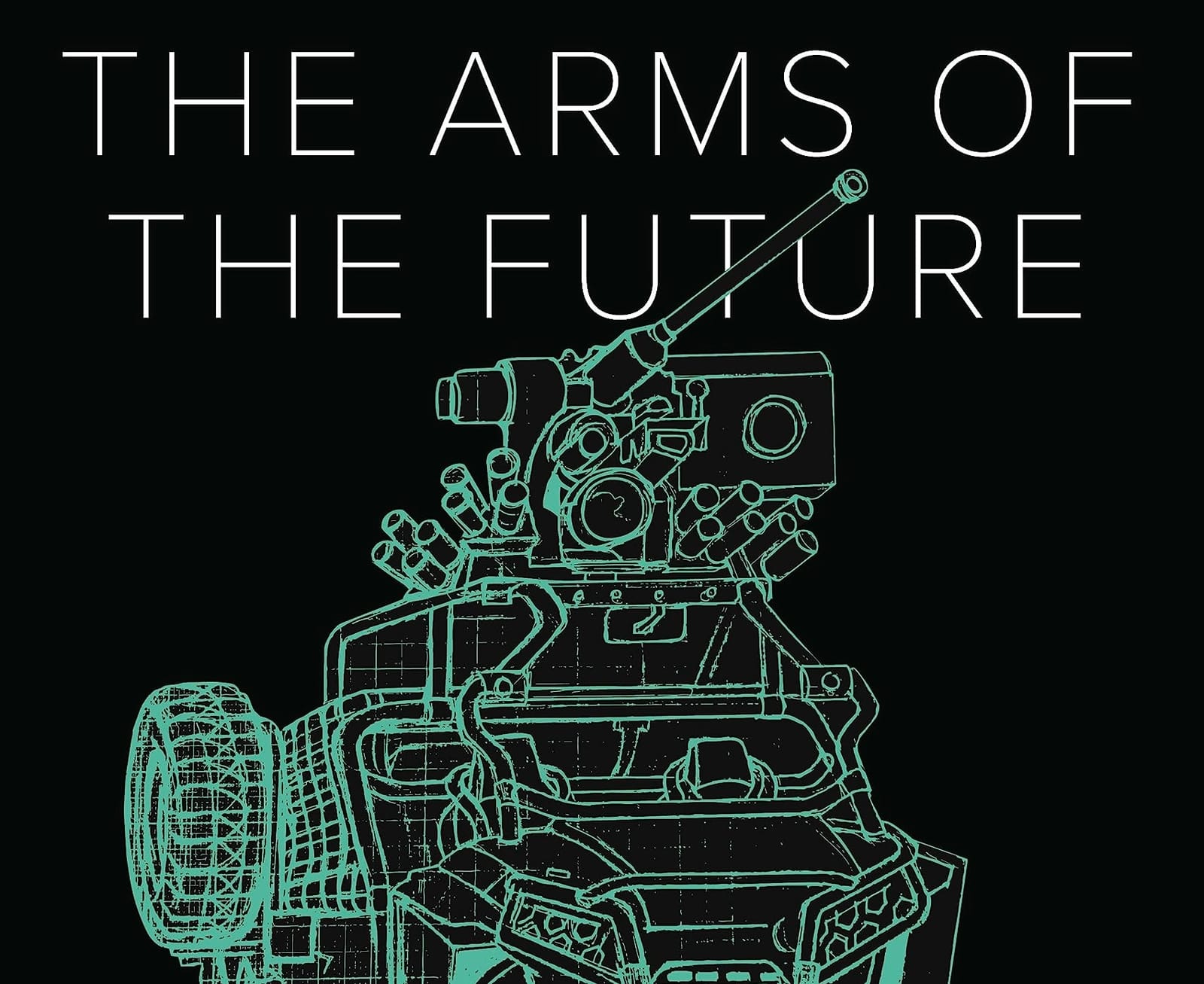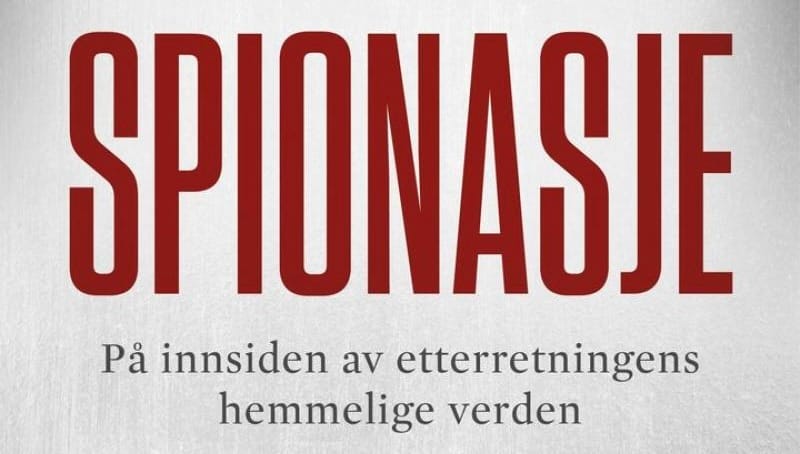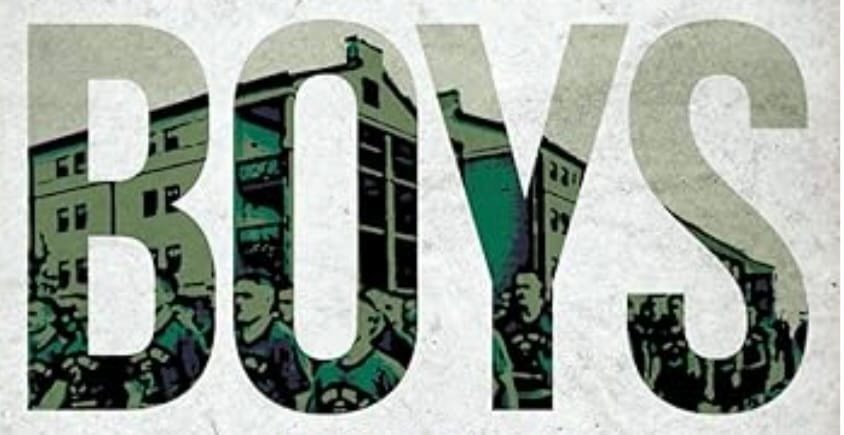We are now approaching the second anniversary of large-scale combat operations (LSCO) in Ukraine. Looking on, western military professionals, myself included, are engulfed in what the new era of great power competition (GPC) and, worst case, an all-out war would mean for the United States (US) and North Atlantic Treaty Organization (NATO). Thus, it is easy to focus on LSCO when discussing GPC, but conversely, GPC may be the driving factor for further small-scale interventions.
Michael P. Noonan, a US military veteran with combat service in Iraq, Political Science PhD, and senior fellow in the Foreign Policy Research Institute national security program, points in that direction with his book Irregular Soldiers and Rebellious States. Noonan argues that the US must be prepared to support allies and friends from subversion, insurgency, violent extremism, and other security threats when called upon to do so. Noonan closely examines the indirect approach, specifically the small-scale employment of military force, and how that approach is the norm rather than the exception. Noonan asserts that the US tends to be stuck in a dichotomy. It is either in a state of war or peace. His definition of an indirect approach includes this point:
This study defines indirect approaches as the small-scale employment of military forces and other actors (e.g., diplomats, intelligence officers, and law enforcement types) in times of either peace or war - which in itself has become a false dichotomy - in order to help other nations to defend themselves or to weaken or take down other formal or informal government structures abroad.[1]
Noonan also states that indirect approaches would complement more direct ones if a major conflict erupted. Taking a closer look at this alternative way of warfare might be a good investment for the officers, scholars, and policymakers to supplement the studies of the current trench warfare in Ukraine.
Though Noonan focuses on the employment of US national power to support his argument, the work is valuable for US allies and partners alike. His research is in good company with past and contemporary published work. In his prologue, Noonan asserts that the US faces a disordered world where traditional military solutions will be only one of many tools used. Similar thoughts can be found in Hy Rothstein's book Afghanistan and the Troubled Future of Unconventional Warfare and the article Less is More: The Problematic Future of Irregular Warfare in an Era of Collapsing States.[2] Noonan also points out the imbalance between the use of military force and other elements of US power, citing Frank Hoffman’s analogy of the “one-armed cyclops” as an example.[3] Noonan’s work is also an excellent complement to Marius Kristiansen’s book, Small State Irregular Warfare in the Twenty-First Century: Strategic Utility of Security Sector Assistance, for those who want a small state, and in particular, the Norwegian perspective.[4] In sum, Noonan makes an additive contribution with a renewed focus on indirect strategies and approaches that are much welcomed both in and outside the US security studies discourse.
Moreover, those familiar with the last decade's internal debate within the United States Special Forces (USSF) community surrounding the direct or indirect approach, or “shooter vs. advisor,” will find extensive material in this book.[5] Sitting outside the USSF community, Noonan places himself alongside other scholars such as Linda Robinson, Anna Simons, and Scott Morrison, as they each contribute to this debate by arguing how direct action (DA) has been emphasized over tasks related to Foreign Internal Defense (FID) along with the cultural and organizational aspects that follow this focus.[6] Although Noonan leans toward Simons and Roberts discussing the cultural and organizational issues within USSF, he mostly follows Morrisons' argument that tools of the current interpretation of the direct approach are an integral part of a broader application of the strategic indirect approach.
Noonan, therefore, touches upon a critical point: indirect approaches do not necessarily imply only defensive actions. Noonan offers examples of two offensive indirect approach campaigns: USSF support to the Northern Alliance in 2001 in Afghanistan and the combined offensive with the Peshmerga in northern Iraq in 2003. Noonan concludes that assertive interventions through a limited number of USSF elements combined with precision-guided munitions can be cost-effective. However, Noonan also argues that these tactical successes may not lead to strategic-level victory, which is essential. There is a fallacy in thinking of such actions as a “quick fix,” an argument similar to Stephen Biddle’s in that 2002 monograph on the initial invasion of Afghanistan.[7] In addition, Noonan builds on Mark Boyatt’s now seminal contribution, working “by, with, and through” indigenous forces construct, with his own variant of “through, by, and with.”[8] The modification focuses on the assertive offensive interventions that would entail a robust form of working “with” partner forces to counter actors that may use hybridized means to attack. Here, Noonan points to the so-called grey zone conflict as a reason for being prepared through defensive indirect interventions. As an officer from a small-state NATO member with experience training indigenous forces, his analysis rings true to me.
If there is any critique to be offered, it is minor. Though Noonan provides a persuasive argument, focusing on the organizational and cultural debate within the USSF community might be overdone. There is no question where Noonan stands in that debate. He promotes building a USSF UW command to compete with more direct-action-oriented constructs. Another topic that some may critique is the murky distinction between how to define USSF operations as either sensitive or clandestine operations versus covert action. Again, Noonan describes the differences well, highlighting the intelligence community’s and the military’s contributions in the cases and how each differs from the USSF’s role.
Noonan’s work is also essential for those outside the USSF community. By examining the indirect approach with a US focus, naturally, it touches upon the USSF’s core tasks of FID mission and unconventional warfare (UW). Noonan asserts that when UW operations are a component of the formalized use of force against another state or nonstate actor, they take the form of low-visibility operations. Yet, not all small-scale interventions are conducted solely by SF. Noonan points to the emergence of units such as the Security Forces Assistance Brigades (SFABs) and efforts by the intelligence community. Therefore, this book can serve as intellectual grist for the broader audience interested in military power during small-scale interventions.
Though the USSF community, in particular, will be most interested in Noonan’s research, it will also benefit the military and national security enterprise at large, from young officers to policymakers. With a stated aim to create a primer and provide a deeper understanding of indirect interventions, Noonan nicely ties overarching strategic concepts to tangible tactical examples paired with clear recommendations relevant to the contemporary security environment that will appeal to a broader audience. As an officer seeking context to go with my experience, I concur that he achieved it.
FOOTER
[1] Michael P. Noonan, Irregular Soldiers and Rebellious States: Small-Scale U.S. Interventions Abroad (Lanham: Rowman & Littlefield Publishing Group, 2021), 4.
[2] Hy S. Rothstein, Afghanistan and the Troubled Future of Unconventional Warfare (Annapolis, Md: Naval Institute Press, 2006); Hy S. Rothstein, “Less Is More: The Problematic Future of Irregular Warfare in an Era of Collapsing States,” Third World Quarterly 28, no. 2 (2007): 275–94, https://www.jstor.org/stable/4017700.
[3] Frank G Hoffman, “The New Normalcy - Foreign Policy Research Institute,” accessed October 15, 2023, https://www.fpri.org/article/2006/05/the-new-normalcy/; Noonan, Irregular Soldiers and Rebellious States, 28.
[4] Marius Kristiansen, Small State Irregular Warfare in the Twenty-First Century: Strategic Utility of Security Sector Assistance (Outskirts Press, 2023).
[5] Noonan, Irregular Soldiers and Rebellious States, 4, 52–53 and 156–58.
[6] Anna Simons, “Firewalling - Direct vs Indirect Approach,” Stratagem, November 4, 2019, https://www.stratagem.no/firewalling/; Linda Robinson, “The Future of Special Operations: Beyond Kill and Capture,” Foreign Affairs 91, no. 6 (2012): 110–22, https://www.jstor.org/stable/41720938; Linda Robinson, “SOF’s Evolving Role: Warfare ‘By, With, and Through’ Local Forces,” May 9, 2017, https://www.rand.org/blog/2017/05/sofs-evolving-role-warfare-by-with-and-through-local.html; Scott Morrison, “Redefining the Indirect Approach, Defining Special Operations Forces (SOF) Power, and the Global Networking of SOF,” Journal of Strategic Security 7, no. 2 (2014): 48–54, https://www.jstor.org.libproxy.nps.edu:2048/stable/26465185.
[7] Stephen Biddle, Afghanistan and the Future of Warfare: Implications for Army and Defense Policy, Strategic Studies Institute (Carlisle, PA: Strategic Studies Institute, 2002).
[8] Mark D. Boyatt, “Unconventional Operations Forces of Special Operations” (Carlisle, PA, Army War College, 1993), https://apps.dtic.mil/sti/citations/ADA264031.







